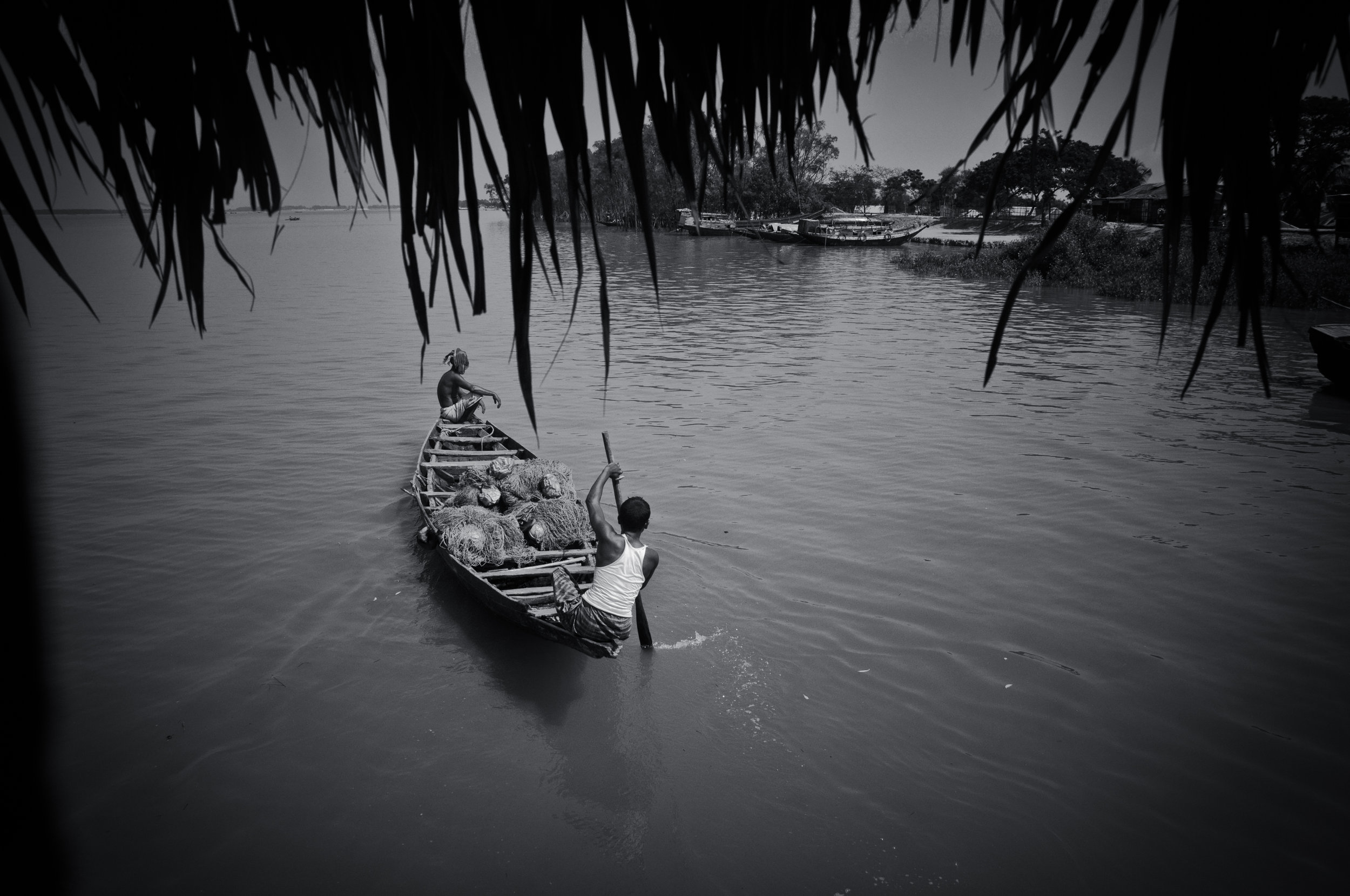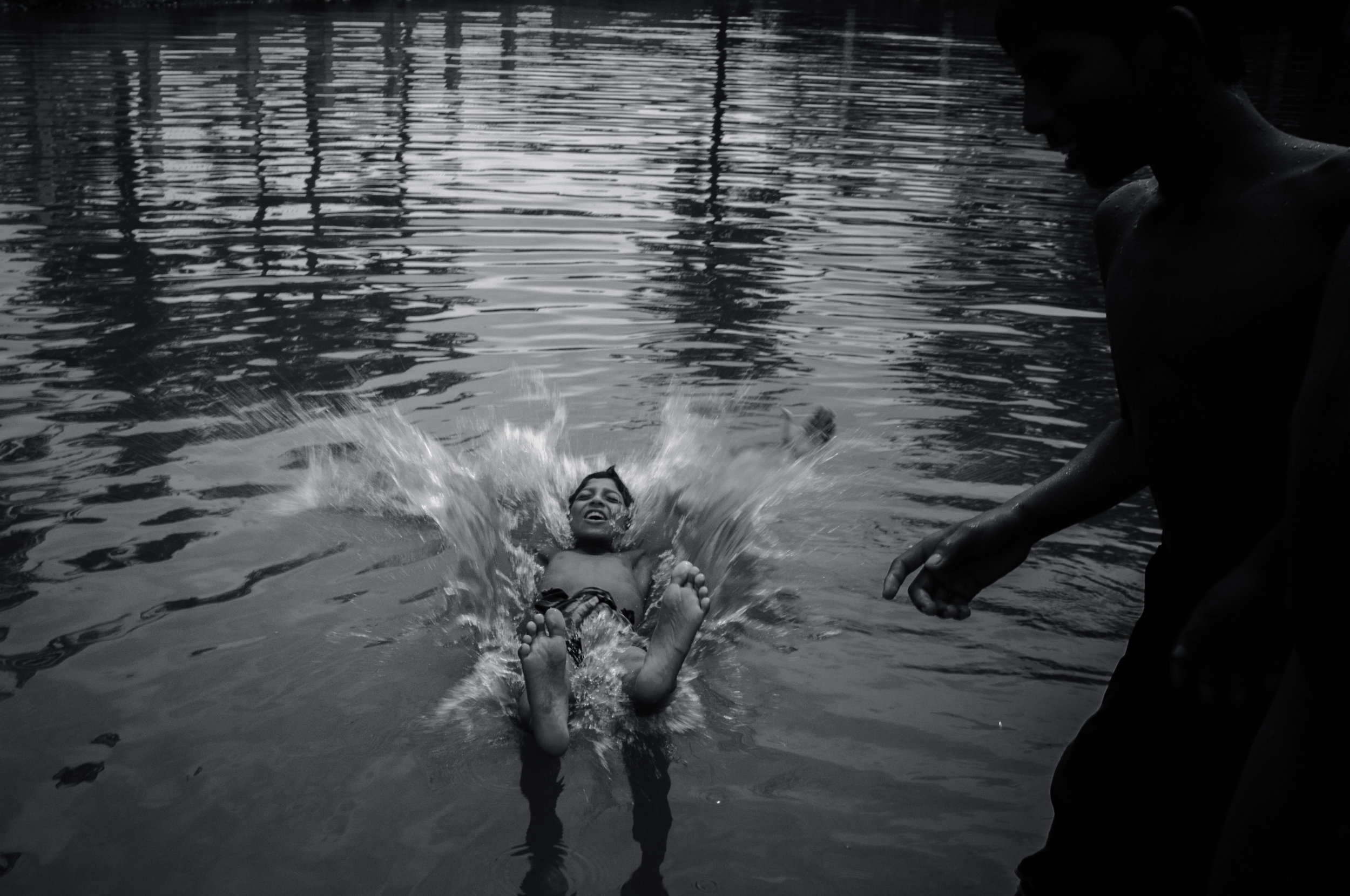Taste of Water
Water is a renewable resource; it is at the same time a finite resource. The total quantity of water available on the globe is the same as it was two thousand years ago, however, it is always moving around in a complex cycle that takes it on multiple routes between the atmosphere, underground, glaciers, and surface waters such as lakes, oceans and rivers.
It is important to appreciate the fact that only 3 percent of the world’s water is fresh and roughly one-third of it is inaccessible. The rest is very unevenly distributed and the available supplies are increasingly contaminated with wastes and pollution from industry, agriculture and households.
It is the human nature that we value things only when they are scarce or are in short supply. As such, we appreciate the value of water once the resources run dry. Our water resources have now entered an era of scarcity. It is estimated that thirty years from now, approximately one-third of our population will suffer from chronic water shortages.
When the annual per capita of renewable fresh water in a country or a region falls below 1,700 cubic meters, it is held to be situation of water stress. If the availability is below 1,000 cubic meters, the situation is labeled as that of water scarcity. At the time of Indian Independence, i.e., in 1947, the per capita availability of water in India was 6,008 cubic meters a year. It came down to 5,177 cubic meters a year in 1951 and to 1,820 cubic meters a year in 2001, per capita availability of water is likely to fall down to 1,340 cubic meters in 2025 and 1,140 cubic meters in 2050.
Although India has made improvements over the past decades to both the availability and quality of municipal drinking water systems, its large population has stressed planned water resources and rural areas are left out. In addition, rapid growth in India’s urban areas has stretched government solutions, which have been compromised by over-privatization.
Regardless of improvements to drinking water, many other water sources are contaminated with both bio and chemical pollutants, and over 21% of the country’s diseases are water-related. Furthermore, only 33% of the country has access to traditional sanitation. Every day, 2 million tons of sewage and other effluents drain into the world’s waters.
One concern is that India may lack overall long-term availability of replenishable water resources. The country is also a major grain producer with a great need for water to support the commodity. As with all countries with large agricultural output, excess water consumption for food production depletes the overall water table. Many rural communities in India who are situated on the outskirts of urban sprawl also have little choice but to drill wells to access groundwater sources, however, any water system adds to the overall scarcity of water. There is no easy answer for India, which must tap into water sources for food and human sustenance, but India’s overall water availability is running dry.
In addition, water scarcity in India is expected to worsen as the overall population is expected to increase to 1.6 billion by the year 2050. Global water scarcity is expected to become a leading cause of national political conflict in the future, and the future for India is no different. Around 700 million people in 43 countries suffer today from water scarcity. With the existing climate change scenario, almost half the world’s population will be living in areas of high water stress by 2030.
Many farmers depend on groundwater levels and rains to grow crops. About 65% of cultivable land in the country doesn’t have irrigation facilities. To make matters worse, the government subsidizes electrical pumps for farmers, which they use to pump water, putting a lot of strain on the electrical grids in India—a power-starved country. India ranks a dismal low 120th out of 122 nations for its water quality and 133rd out of 180 nations for its water availability.
Once civilizations were built on the banks of the rivers, it was considered the primary necessity for a society to develop. And when the rivers dried, there are many instances show that the civilizations have perished or have moved in search of water.
Today we live in an overpopulated society and have hands on all acquirable water resources, hence there is nowhere to go, and if this does not scare you and force you to act on over usage and contamination of water, then the future is just a myth.
























